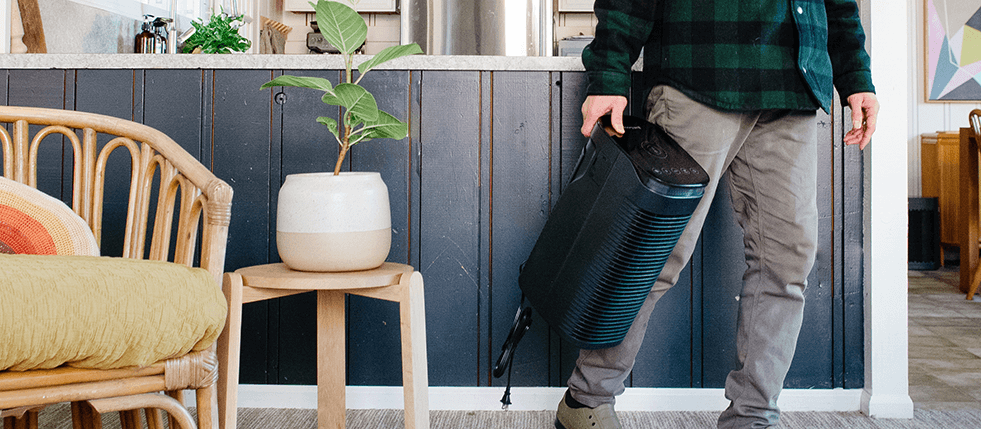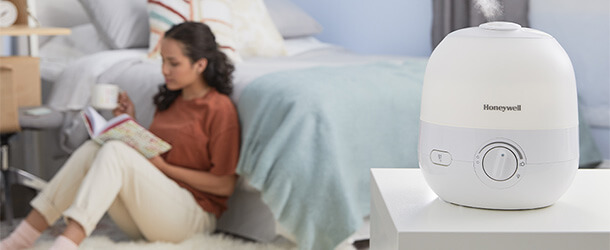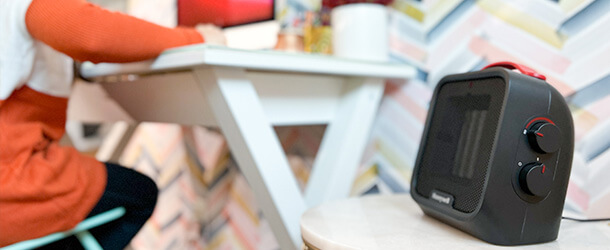Blog
How to Choose the Best Small Air Purifier for Your Home: Essential Factors to Consider
In today's fast-paced world, maintaining a healthy indoor air quality has never been more crucial, especially considering that, according to the Environmental Protection Agency (EPA), indoor air can be two to five times more polluted than outdoor air. With the rise in awareness about air quality, many are turning to small air purifiers as a practical solution for their homes. These compact devices not only fit seamlessly into any space but also offer significant benefits in filtering allergens, dust, and other airborne pollutants. Research indicates that a small air purifier can reduce particulate matter by up to 50% within just a few hours of use, making them essential for allergy sufferers and urban dwellers alike. However, with the multitude of options available, it's essential to understand the key factors to consider when selecting the best small air purifier for your home to ensure you achieve optimal air quality and health benefits.
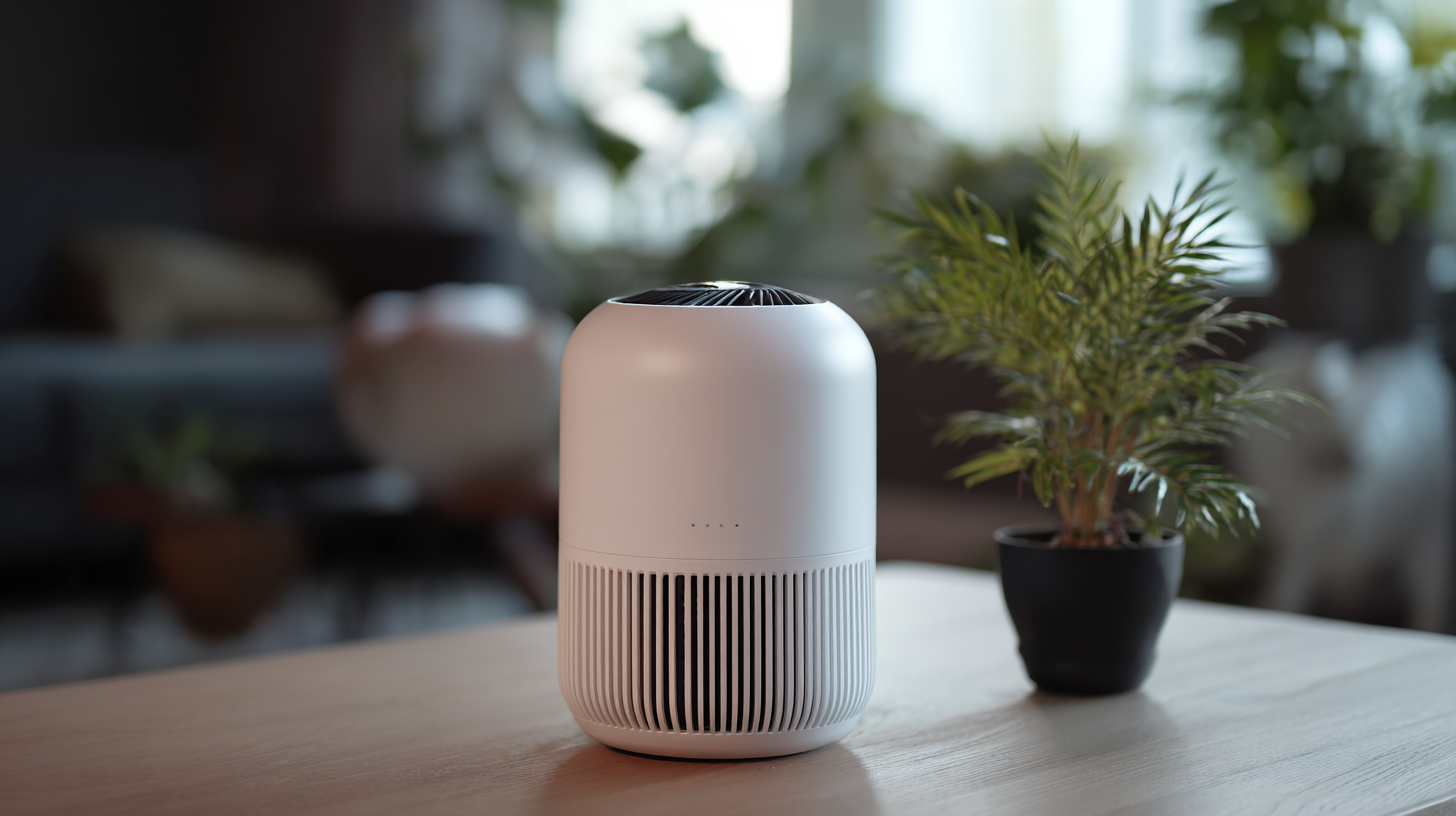
Understanding Different Types of Air Purifiers Available for Small Spaces
When selecting an air purifier for small spaces, it's crucial to understand the various types available and their unique features. The market has seen significant growth, with an estimated increase of over 12% annually in the air purifier industry, driven by rising concerns about indoor air quality. Among the options, HEPA filters are highly regarded for their efficiency in capturing airborne particles such as pollen, dust, and pet dander, making them ideal for allergy-sufferers. Additionally, activated carbon filters can eliminate odors and volatile organic compounds (VOCs), which is essential for maintaining a fresh environment in small rooms.
For those looking for more specialized solutions, medical-grade purifiers offer advanced filtration systems that can significantly reduce pathogens and particulate matter, ensuring a cleaner atmosphere, particularly for households with infants or individuals with compromised immune systems. The incorporation of smart technology in modern air purifiers has also become a trend, allowing users to monitor air quality and receive notifications via their smartphones. This level of convenience and technology ensures that small spaces are not only livable but also healthy, catering to the diverse needs of different users.
How to Choose the Best Small Air Purifier for Your Home: Essential Factors to Consider
| Feature | Description | Importance |
|---|---|---|
| Filter Type | HEPA filters capture 99.97% of particles as small as 0.3 microns. | High |
| Room Size Coverage | Check the square footage the purifier is rated for. | High |
| Noise Level | Measured in decibels; lower is quieter. | Medium |
| Energy Efficiency | Check for ENERGY STAR ratings. | High |
| Maintenance | Ease of filter replacement and cleaning. | Medium |
| Additional Features | Such as air quality indicators, UV light, and wifi connectivity. | Low |
| Price Range | Consider your budget and long-term costs (e.g., filter replacements). | High |
Key Features to Look for in a Small Air Purifier
When selecting a small air purifier for your home, several key features are essential to consider. First and foremost, look for a high Clean Air Delivery Rate (CADR). According to the Association of Home Appliance Manufacturers (AHAM), a typical small air purifier should have a CADR rating of at least 100 cubic feet per minute for effective removal of smoke, dust, and pollen. This measurement indicates how quickly the purifier can clean the air in a specific sized room, ensuring that your indoor air stays fresh and free of pollutants.
Another critical feature to examine is the type of filtration technology employed by the purifier. HEPA filters are considered the gold standard in air purification, capable of capturing up to 99.97% of particles that are 0.3 microns in size, as stated by the U.S. Environmental Protection Agency (EPA). Additionally, purifiers equipped with activated carbon filters can tackle odors and volatile organic compounds (VOCs), contributing to a healthier indoor environment. For those dealing with allergies or asthma, selecting a model with a True HEPA filter and a pre-filter for larger particles can make a significant difference in air quality.
Evaluating Air Purifier Performance: CADR and Air Changes per Hour
When selecting a small air purifier for your home, understanding key performance metrics like Clean Air Delivery Rate (CADR) and Air Changes per Hour (ACH) is crucial. CADR measures how quickly an air purifier can remove specific pollutants from the air, typically rated for smoke, dust, and pollen. A higher CADR means better performance in filtering out these particulate matters, so look for purifiers with a CADR that meets or exceeds the size of your room.
In addition to CADR, consider the Air Changes per Hour (ACH) rating, which indicates how often the purifier can clean the entire air volume of a room. For optimal air quality, aim for an ACH of at least 4, meaning the air in your room will be completely refreshed four times every hour. This ensures that pollutants are consistently reduced, contributing to a healthier living environment.
*Tip: To choose the right size air purifier, measure your room and find a model with a CADR that suits the room size, ensuring efficient air purification. Additionally, check for filters that are easy to replace, as maintenance plays a vital role in long-term effectiveness.*
Air Purifier Performance Comparison
Noise Levels and Design Considerations for Home Air Purifiers
When selecting a small air purifier for your home, noise levels and design considerations play a crucial role in ensuring your space remains comfortable and aesthetically pleasing. Many air purifiers come with various speed settings, allowing you to operate them quietly while still effectively filtering the air. For nighttime use, look for models specifically designed to minimize noise, often described as "whisper-quiet."
Another vital factor is the design of the air purifier. Since this appliance will likely reside in your living space, it’s important to choose one that complements your home décor. Opt for sleek, modern designs in neutral colors that blend with your furniture, or consider an attractive, statement piece if you prefer something that stands out.
Here are a few tips to keep in mind:
- First, read reviews to find models that consumers rate high for quiet operation.
- Second, consider the size of your room to ensure that the purifier doesn't overwhelm the space or become an eyesore.
- Lastly, look for customizable features like LED lights that can be turned off or adjustable panels that allow for a more personalized look.
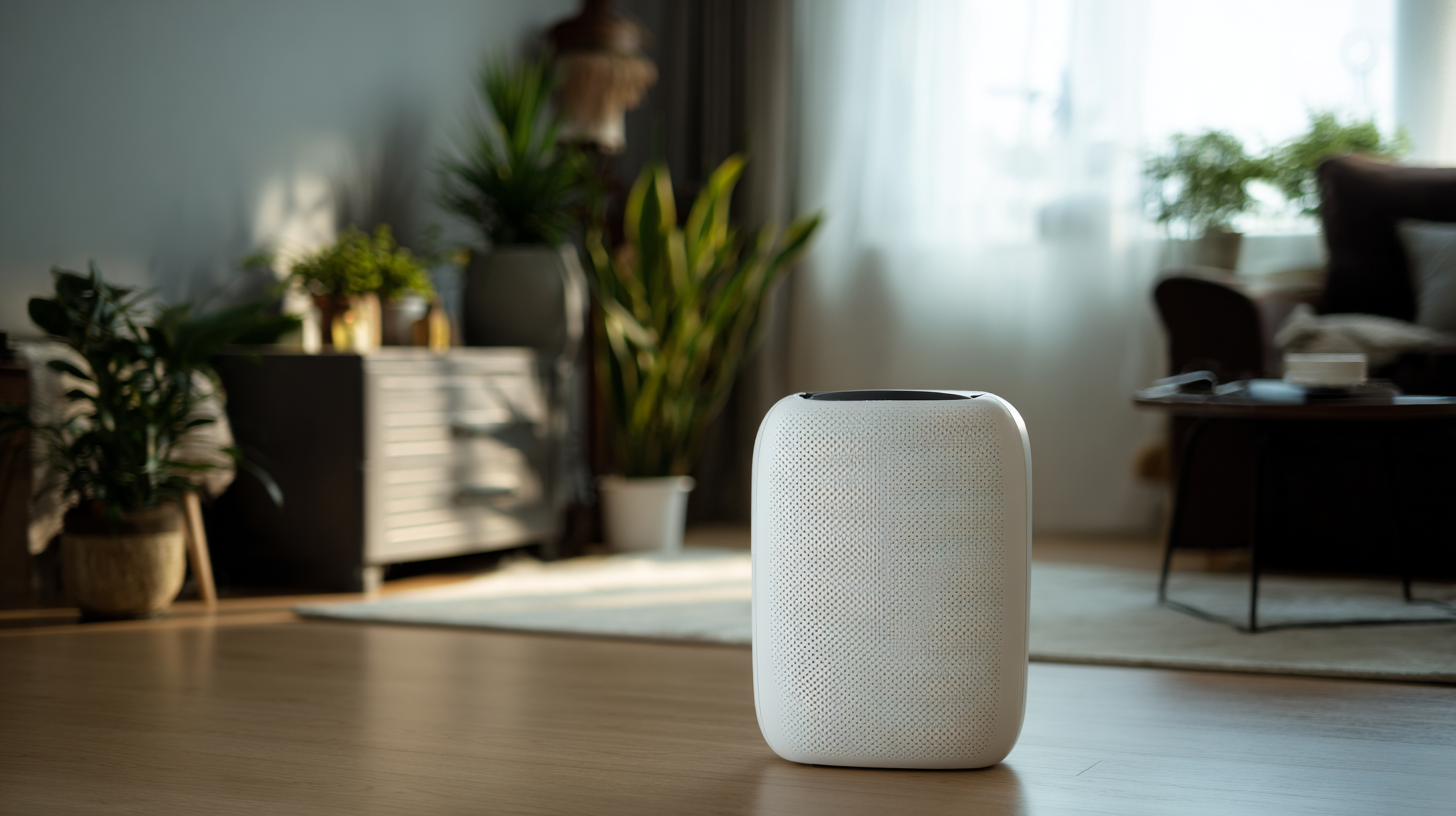
Budgeting for Quality: Price Ranges and Value for Small Air Purifiers
When selecting a small air purifier, budgeting is a crucial factor that can significantly impact your decision. Small air purifiers typically range in price from $30 to $300, depending on their features, brand reputation, and filter types. Understanding your budget upfront allows you to focus on models that fit within your financial constraints while still meeting your needs for air quality improvement. Consider what you are willing to spend not only on the initial purchase but also on ongoing maintenance costs, such as replacing filters.
Investing in a higher-quality air purifier may initially seem daunting, but it often pays off in the long run. Cheaper models may save you money upfront, but they might lack the efficiency and effectiveness of more expensive units, potentially leading to higher energy bills or insufficient air cleaning capabilities. Look for products that offer a balance of price and performance, ensuring you get good value for your money. Reading customer reviews and checking for certifications, like the AHAM or CADR, can help you assess the performance of different options within your budget.
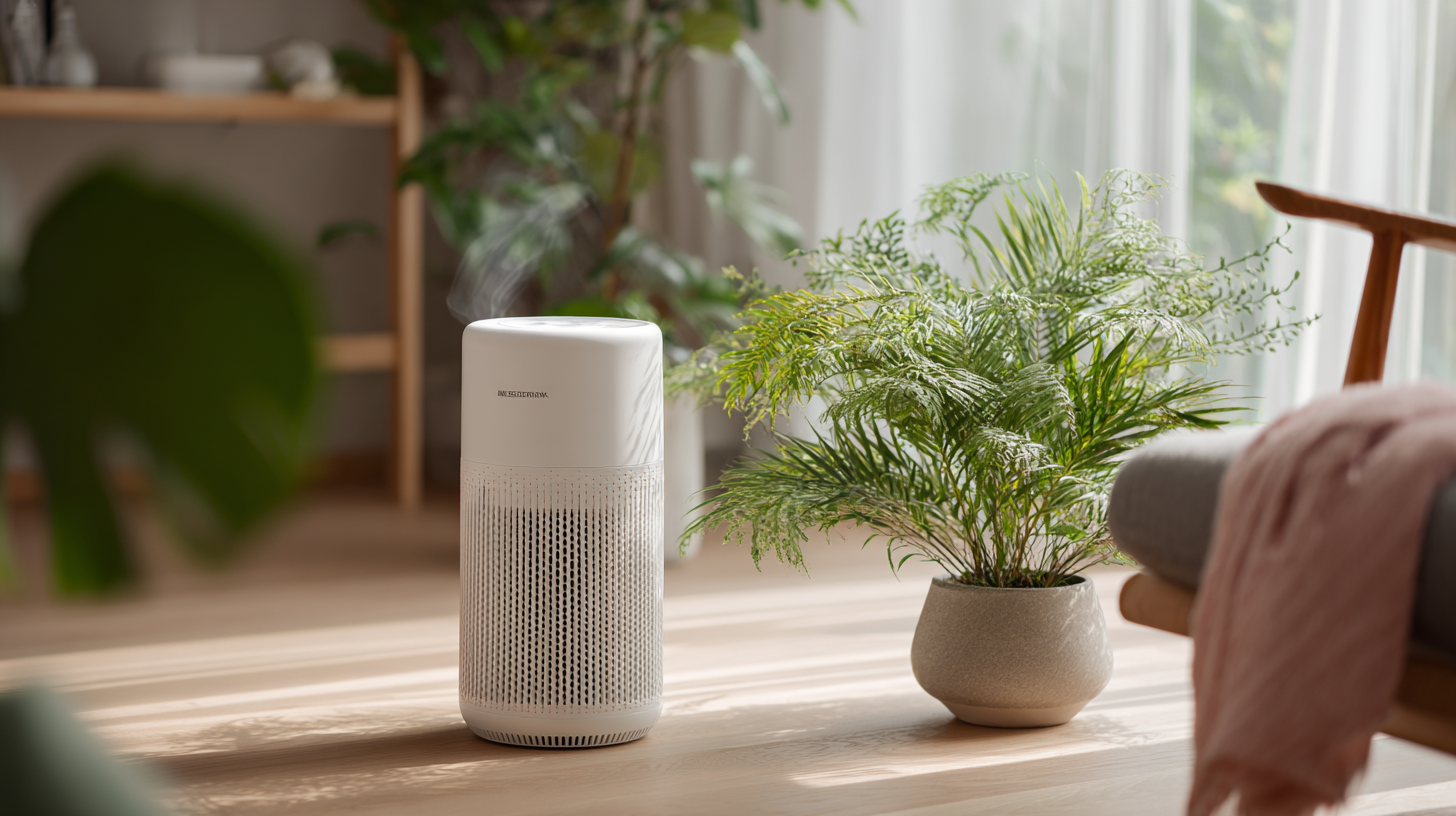
Related Posts
-

Maximizing Plant Health: The Essential Benefits of Using Humidifiers in Indoor Gardening
-
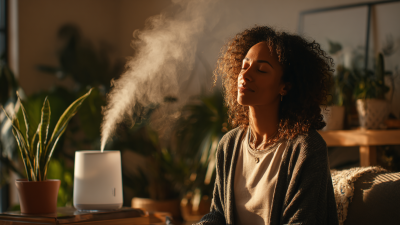
Understanding Import and Export Certifications for the Best Cool Humidifier in Global Markets
-
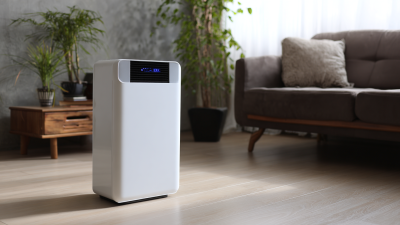
Understanding Industry Standards for the Best Air Purifier for Home and How to Choose the Right One
-

Your Ultimate Guide to Choosing the Best Air Purifier Fan for Your Home
-
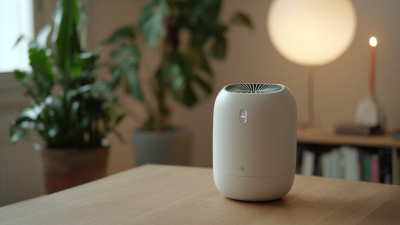
Exploring the Future: The Impact of 2025 Technology Trends on the Best Small Air Purifiers
-
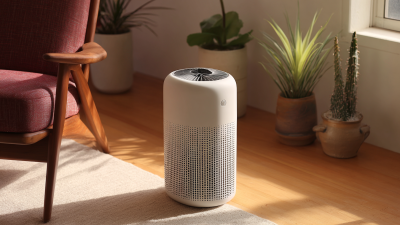
5 Best Mold Air Purifiers of 2023: Achieving a 99.97% Efficiency Rate in Airborne Mold Removal





